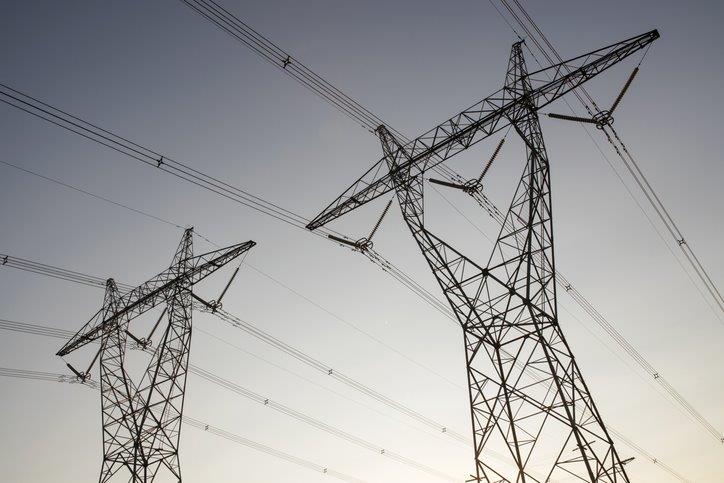Solar industry pioneer Andrew Blakers, Professor of Engineering at The Australian National University (ANU), has told a federal government environment and energy committee inquiry that improved transmission infrastructure between the states is urgently required as network operators look to balance an electricity market comprising more and more renewables.
“Stronger interstate transmission is the most important near-term requirement,” Blakers said on Wednesday.
“This includes stronger interstate interconnection for geographical smoothing of supply and demand, and interconnection of cities with Renewable Energy Zones (REZ).”
Blakers called for a National Transmission Network, akin to the National Broadband Network (NBN), that would connect Perth and far north Queensland to the rest of Australia.
“The National Broadband Network was ahead of the curve, a National Transmission Network would be an attempt to get ahead of the curve,” he said.
“It would be true nation-building.”
In his submission to the House of Representatives Standing Committee on the Environment and Energy’s inquiry into the current circumstances, and the future need and potential for dispatchable energy generation and storage capability in Australia, Blakers said new solar and wind power capacity is being deployed in Australia about 10 times faster than the global average.
About 18 GW of new solar and wind was deployed in Australia over the three-year period from 2018-2020. About 3 GW of new rooftop solar 4 GW and new solar and wind farms were accredited with the Clean Energy Regulator (CER) in 2020 and the regulator expects 6 GW or more of new solar and wind to be added in each of 2021 and 2022.
Blakers said the rapid deployment of solar and wind is likely to continue because of the compelling economic advantages associated with the technology but warned the increasing levels of renewable energy generation are causing significant challenges for grid management.
Those challenges include low net demand in the middle of sunny days due to rooftop solar generation and the loss of mechanical inertia with the impending retirement of coal-fired power plants and low net demand in the middle of sunny days due to rooftop solar generation.
Over the next 20 years, about 15 GW, or nearly 65% of Australia’s coal-fired generators, are projected to reach the end of their lives and retire.
Blakers said the increasing penetration of renewable energy continued to decrease the capacity factor of some existing fossil fuel power stations which could trigger their premature retirement.
This he said would open the way for additional space for solar and wind but Blakers said the transmission network remains the number one constraint.
Australia’s National Electricity Market (NEM) is one of the world’s longest interconnected transmission systems. It operates in New South Wales, the Australian Capital Territory, Queensland, South Australia, Victoria and Tasmania. Western Australia is serviced by the Wholesale Electricity Market (WEM) while the Northern Territory does not have a single interconnected electricity transmission network but rather a series of networks.
Blakers said the NEM was constructed to service a predominantly coal-fired electricity system and while the five NEM states are interconnected, those connections are relatively weak compared with peak loads,.
“Major augmentation of the transmission system is required to cope with rising penetration of solar and wind because good sites for solar and wind farms are generally not co-located with coal power stations which current transmission primarily services,” he said.
This content is protected by copyright and may not be reused. If you want to cooperate with us and would like to reuse some of our content, please contact: editors@pv-magazine.com.









1 comment
By submitting this form you agree to pv magazine using your data for the purposes of publishing your comment.
Your personal data will only be disclosed or otherwise transmitted to third parties for the purposes of spam filtering or if this is necessary for technical maintenance of the website. Any other transfer to third parties will not take place unless this is justified on the basis of applicable data protection regulations or if pv magazine is legally obliged to do so.
You may revoke this consent at any time with effect for the future, in which case your personal data will be deleted immediately. Otherwise, your data will be deleted if pv magazine has processed your request or the purpose of data storage is fulfilled.
Further information on data privacy can be found in our Data Protection Policy.